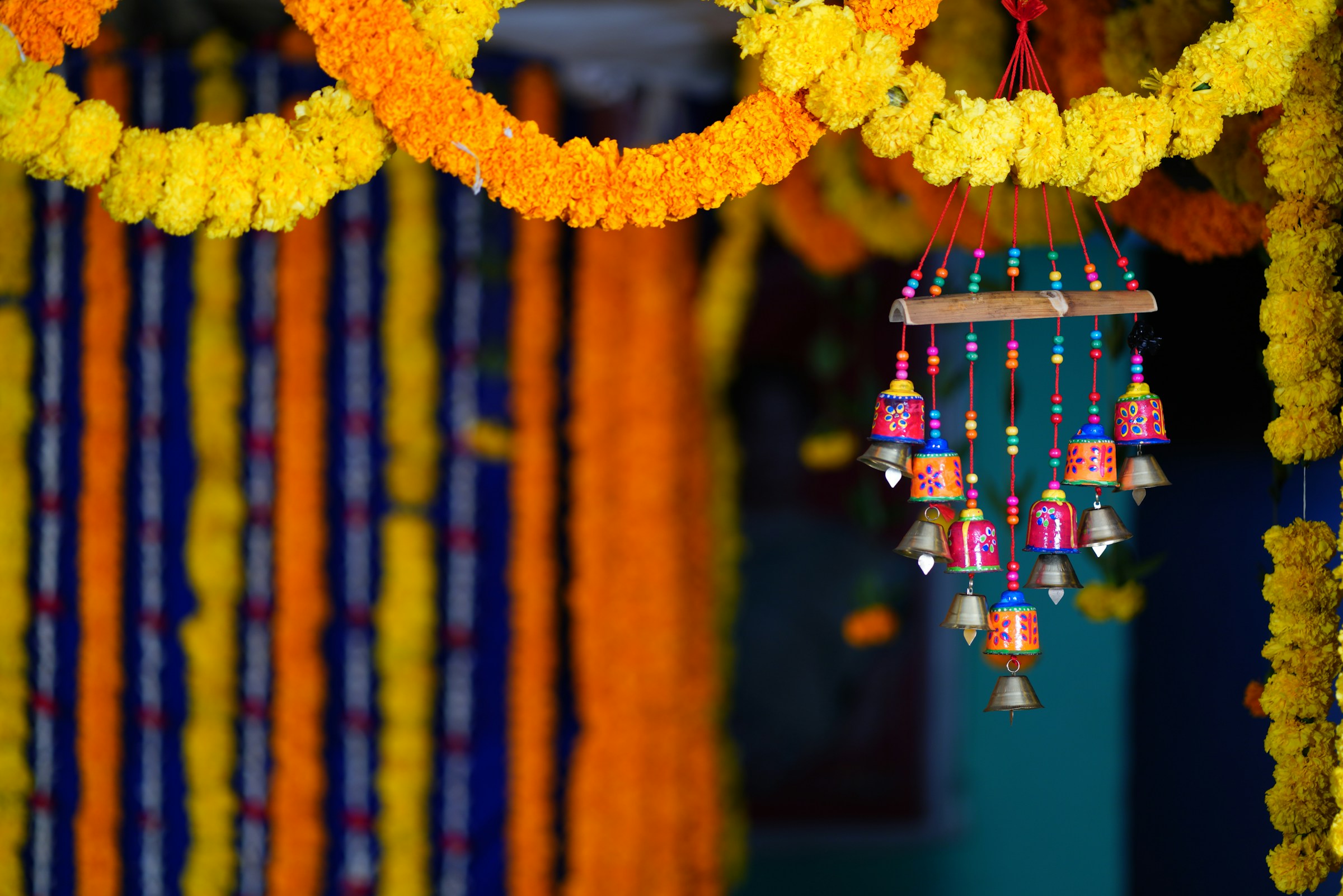Throughout her long and rich history, Bhārat has been known by various names. These names, each name with its own history, its own significance, reflect the diverse aspects of this ancient land. Let’s take a look at some of these different names.
Bhārat 🔗
“Bhārat”, or “Bhāratavarṣa” - the “Land of Bharata”, comes from the name of the legendary emperor Bharat. Son of Shakuntala and Dushyant, he was the ancestor of both the Kauravas and Pāṇḍavas, who fought the epic war of the Mahābhārata. It is one of the two official names of the country, and serves as the Hindi name of the country, reflecting her rich cultural heritage and historical roots.
India 🔗
The common English name of the country, “India” comes from the name of the Indus River. This in turn originates from the river’s Sanskrit name “Sindhu”, which translates to “a river”. The name highlights the country’s profound connection with her ancient past and the vital role her majestic rivers have played in shaping her history.

Hindūstān 🔗
Hindūstān, also “Hind”, also comes from the Sanskrit name “Sindhu”. Ancient Persians referred to the Indus River as Hindu or Hendu. After Emperor Darius I conquered the Indus Valley in 515 BCE, the region was named “Hindush”. Later, the suffix “-stān”, indicating a country or a region, was added, giving rise to “Hindūstān”. The name remains in common use, especially in Urdu, showing its enduring significance in cultural and historical contexts.
Āryāvarta 🔗
Āryāvarta, meaning the “Land of the Arya”, is an ancient name for the northern Indian subcontinent. It is mentioned in ancient Hindu texts, referring to the Indo-Gangetic plain and surrounding regions. While historically significant, this name is not widely used today.
Jambudvīpa 🔗
Jambudvīpa was a Sanskrit name often used in ancient Hindu scriptures. It comes from a combination of the name jambu, an evergreen tropical tree also known as jamun or Malabar plum, and “dvīpa”, a Sankrit word meaning “island”. Consequently, the name literally translates to the “Land of jambu trees”. Today, this name is mostly used in religious or mythological contexts.
Bhārat’s many names reflect her diverse history and culture. Some are widely used today, while others are more ancient and less common. Together, they contribute to the intricate fabric of Bhārat’s identity, enriching the narrative of this dynamic and diverse nation.